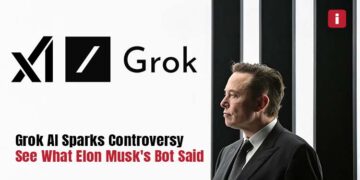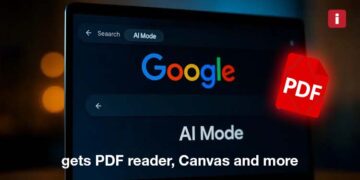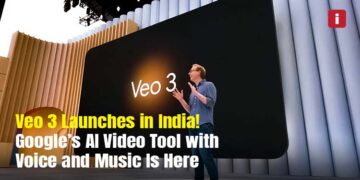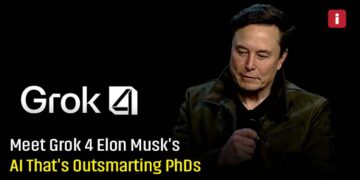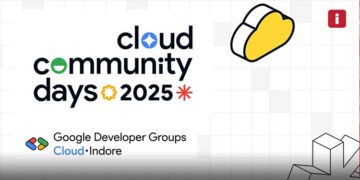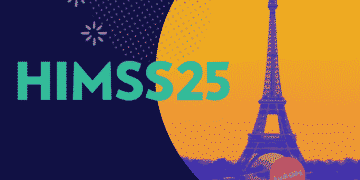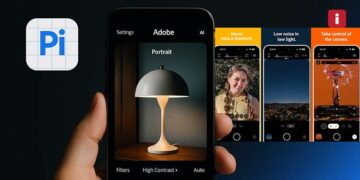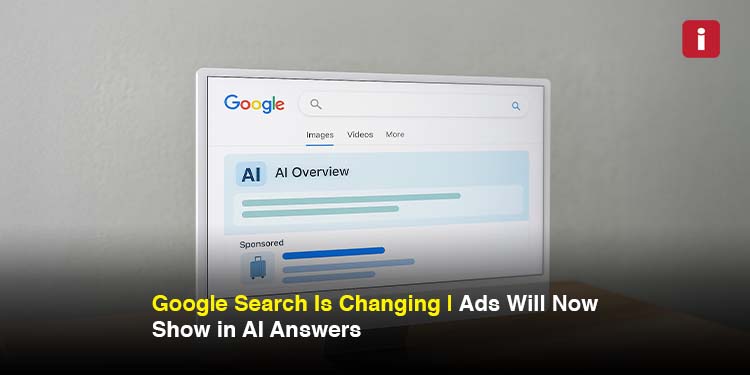Google has just changed how we experience search again. This time, it’s by adding advertisements into AI-generated responses called AI Overviews and within the new AI Mode on desktop. These updates are already live for some users in the U.S. and will expand globally soon.
But what does this really mean? Whether you’re a marketer, content creator, SEO professional, or simply someone curious about how search is evolving, this blog will break it all down in simple terms.
What Are Google’s AI Overviews?
If you’ve searched on Google recently and seen a summary box at the top of the page, that’s likely an AI Overview. Instead of the usual list of blue links, Google uses Generative AI (powered by Gemini) to provide you with a quick answer to your question.
Example:
You search “How to potty train a puppy?”
Google shows you a short paragraph with key tips – written by AI.
This is faster and easier for users. But it means less visibility for websites, because many people won’t scroll down to the traditional links.
What Is AI Mode?
AI Mode is an even more advanced version of search. It allows users to have a conversation with Google’s AI similar to ChatGPT. You can type complex questions or follow-up prompts, and the AI will give thoughtful, long-form answers.
Google started rolling this out to its Google One AI Premium subscribers in the U.S., and now it’s testing it with a wider audience.
The Big Change | Google Is Putting Ads Inside AI Answers
Here’s the major update: Google has started showing ads inside both AI Overviews and AI Mode. These ads are not just random banners, they’re contextual, meaning they match your query and appear naturally within the AI-generated content.
Examples:
- Search: “Best shoes for marathon training”
You might see an AI answer recommending shoes, followed by sponsored listings from shoe brands. - Chat in AI Mode: “How to build a website for my portfolio”
The AI might include sponsored suggestions for website builders like Wix or Squarespace.
These ads are clearly marked as “Sponsored”, so users know they are paid placements.
Why Is Google Doing This?
Google makes most of its revenue from ads. As more people start using AI-based search tools, it needs to keep advertising relevant inside these new experiences. AI Overviews and AI Mode are the future of Google Search – so naturally, ads are coming along too.
But there’s more:
Less Ad Space in Traditional Search: With AI summaries on top, fewer people may click the regular links or ads below.
More Targeted Ads: AI understands user intent better, so Google can show more relevant ads that fit the query.
Smarter Search, Smarter Ads: Using Gemini AI means ads can be placed in a more personalized and meaningful way.
How It Impacts SEO & Organic Search
This shift may worry SEO professionals – and rightly so.
1. Less Clicks on Organic Results
If users get their answer from AI Overviews or AI Mode, they may never visit your website. Even if your content helped train the AI, it might not generate traffic for you.
2. Featured Snippets Are Replaced
AI Overviews often replace traditional featured snippets, which were valuable for visibility. Now, AI writes its own summaries based on various sources.
3. High-Quality Content Still Matters
Even though traffic may reduce, helpful content can still win. Google’s AI pulls info from reliable sites. If your site is trusted, well-structured, and updated, you have a better chance of being referenced by AI.
How It Impacts Google Ads (PPC)
If you’re running Google Ads, this update opens new ad placements in high-visibility areas.
Here’s what’s new:
No Extra Setup: Your current Search or Shopping Campaigns are automatically eligible for AI placements.
More Competition: These ad slots are valuable. Expect increased bidding competition.
Context-Based Targeting: Google’s AI will understand the query better and match your ad accordingly.
Great for Brands: If you sell products or services, this could bring higher-intent leads.
What Should Marketers Do Now?
1. Adapt SEO for AI Search
- Use natural language and question-style content.
- Focus on topics, not just keywords.
- Create FAQ sections that AI can pull from.
- Build topical authority around your niche.
2. Optimize Google Ads
- Improve ad relevance and quality scores.
- Use smart bidding strategies.
- Keep your product feeds clean and accurate (for Shopping Ads).
3. Watch the Metrics
- Track click-through rates (CTR) on key pages.
- Monitor search terms where AI Overviews appear.
- See if you’re losing traffic in areas where AI Overviews dominate.
4. Stay Updated
- Google will keep changing how AI and ads interact.
- Test different types of content and ad formats.
- Consider experimenting with AI-powered ad tools as they roll out.
Final Thoughts
This update is a major milestone in the evolution of search. Google is showing us that AI isn’t just about answers it’s also about advertising. For users, it means faster results. For marketers and businesses, it means adapting faster than ever.
If you’re creating high-quality content or running ads, your job isn’t over, it’s just shifting. The tools are smarter. The game is faster. But the goal is still the same: show up when your audience needs you.
Are you ready for Google’s AI future?
Stay tuned, stay optimized, and keep testing what works. Because AI search is here to stay and so are the ads.






